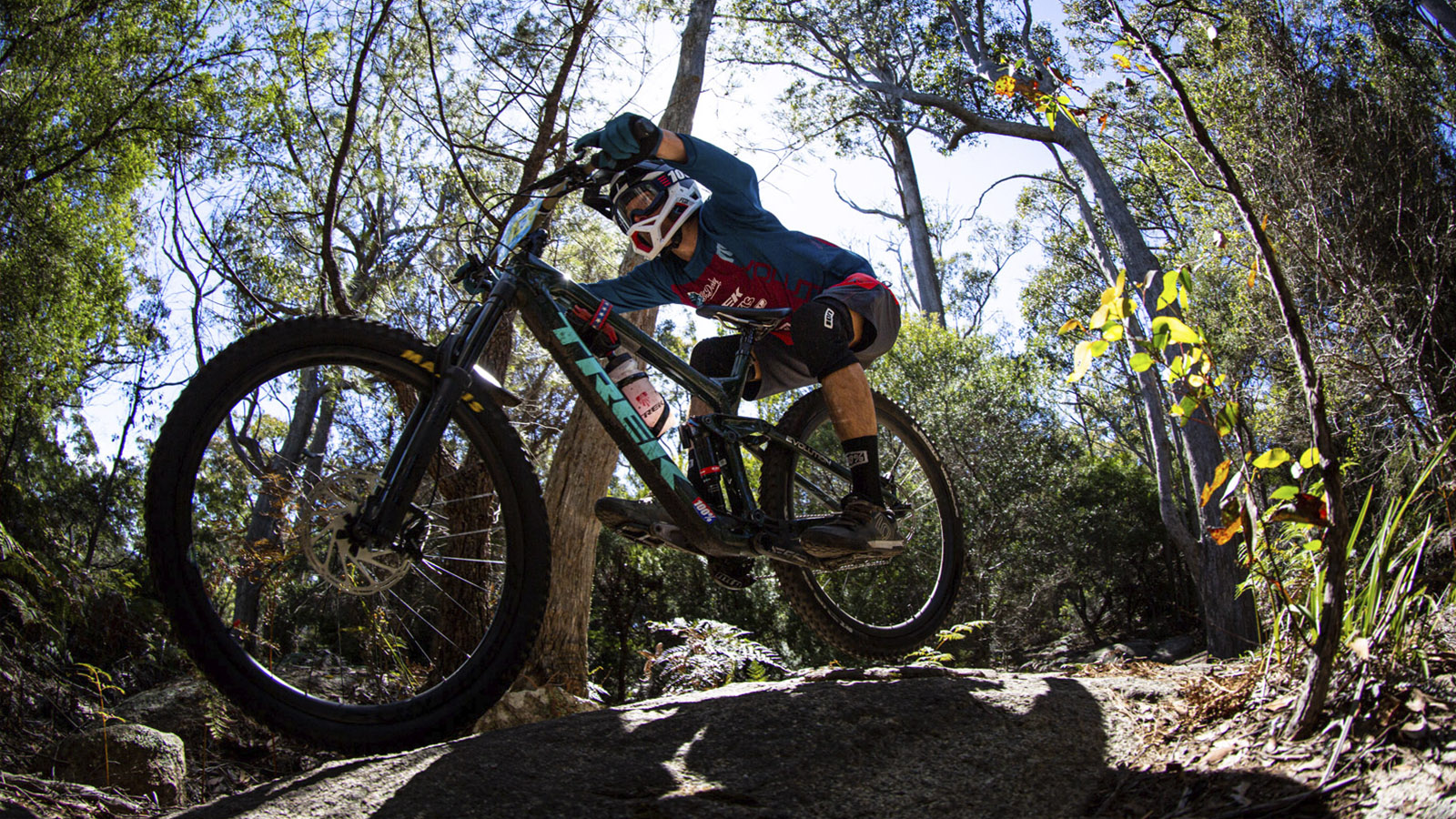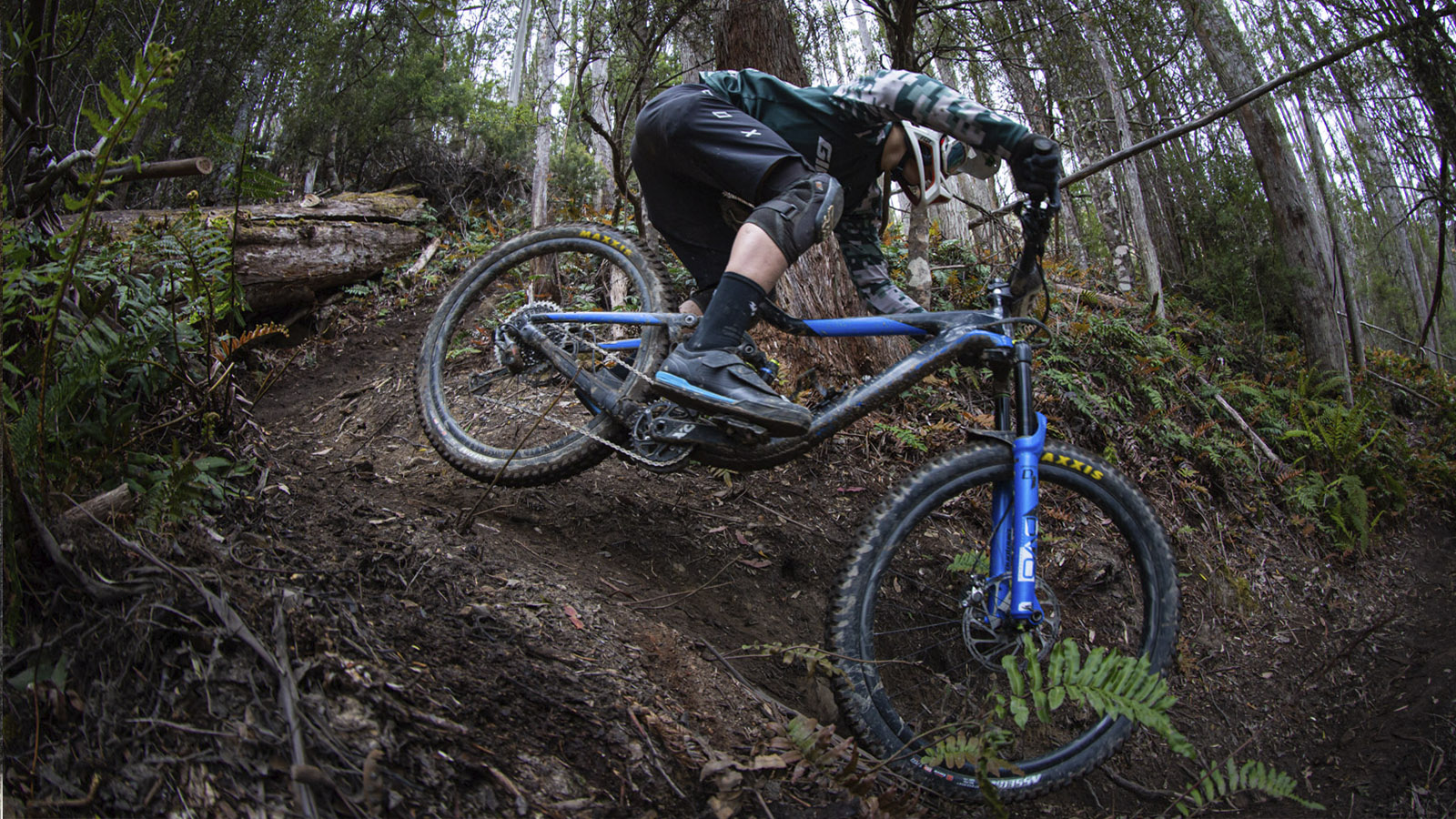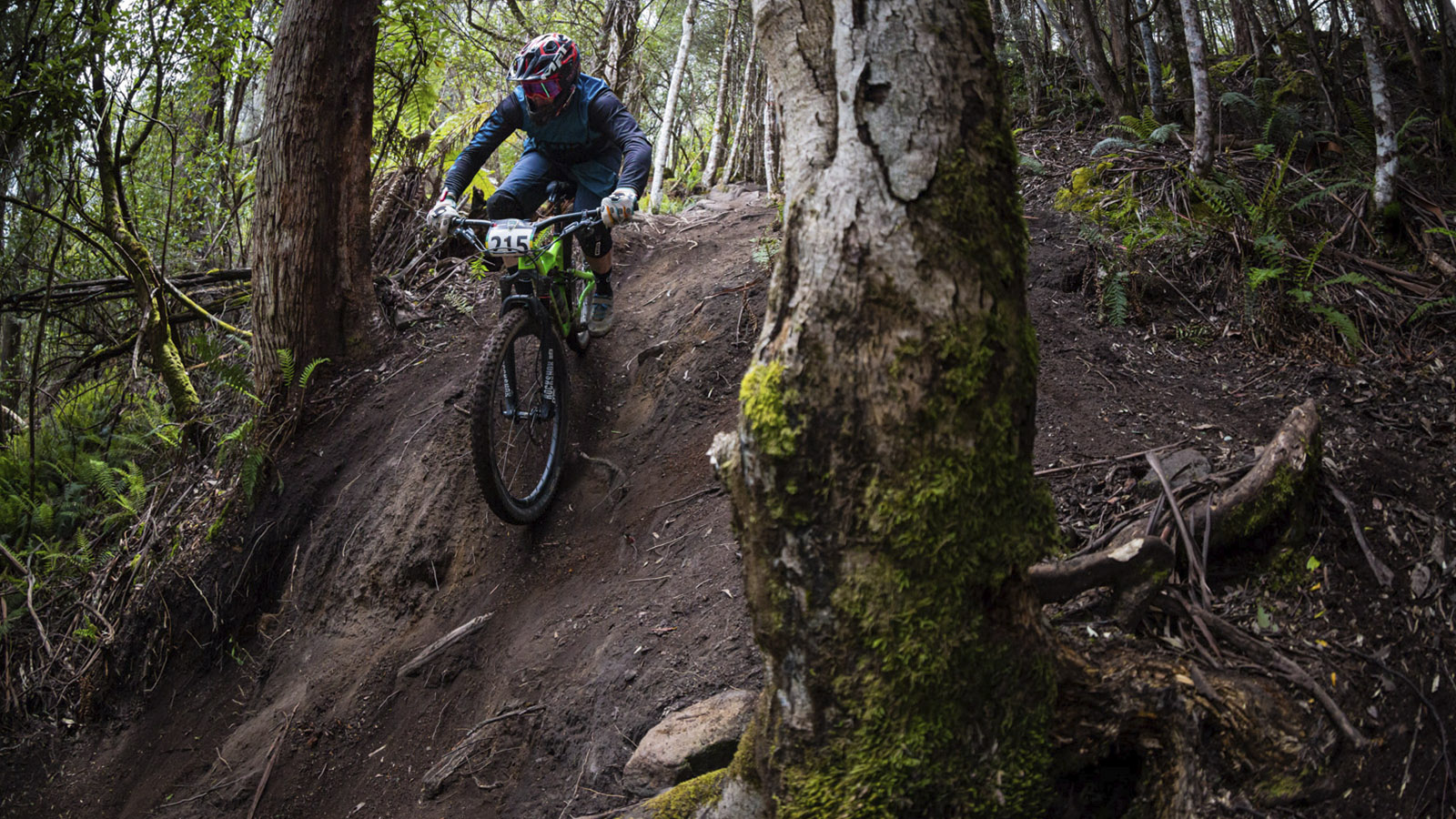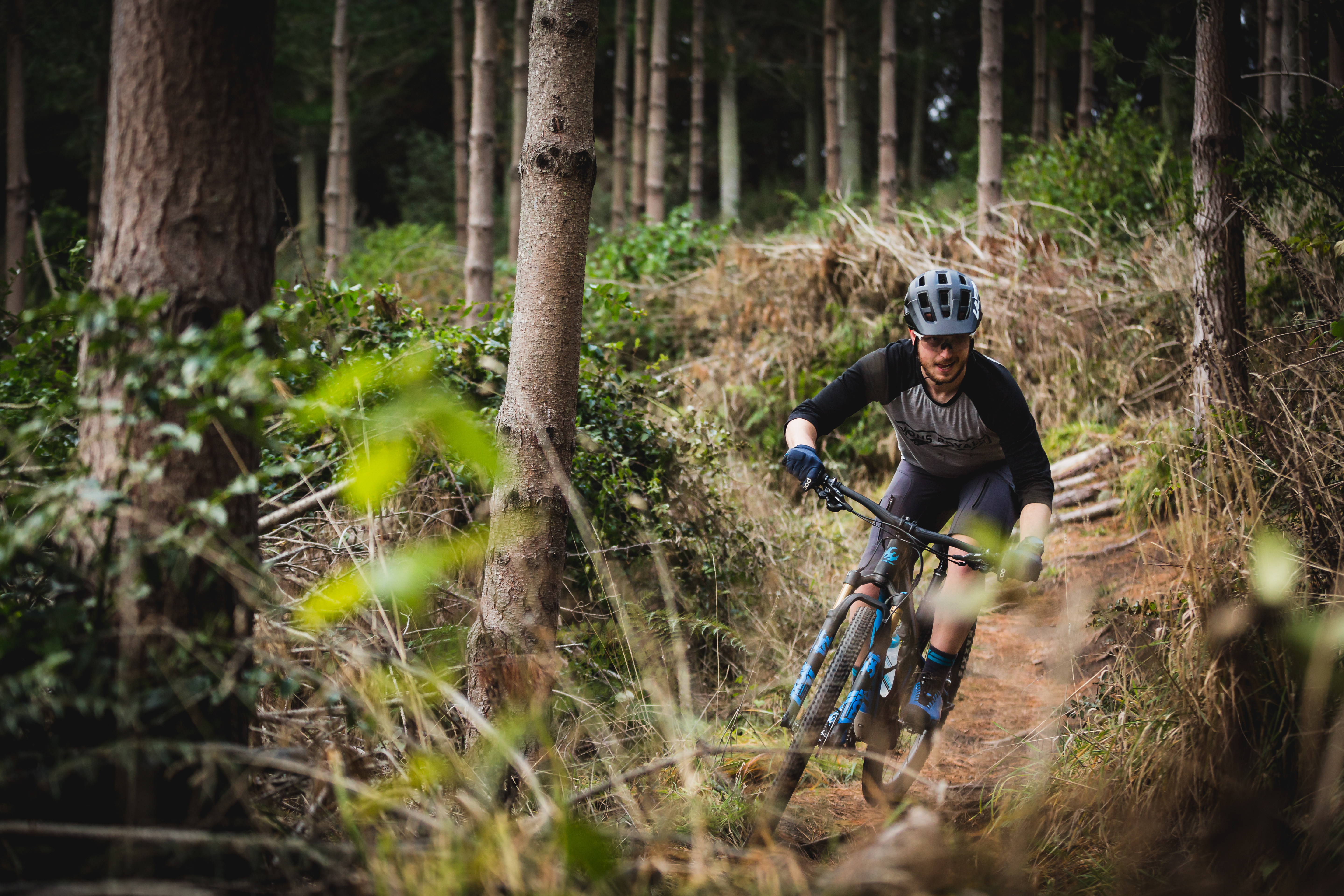What are the most common injuries from mountain biking?
Two-year study of EWS racers lays out the most common injures, and the type of terrain that gets the best of them

An unfortunate part of riding bikes, especially mountain bikes, is that you’re going to hit the deck. It’s not a question of if, but when. Mountain biking is an inherently dangerous sport, and every time you strap your best MTB helmet on and pull your best MTB knee pads up, there is the distinct possibility you will not only crash but leave the trail with a problem worse than just a flesh wound.
A study just published in the International Journal of Medicine has now identified the most likely injury outcome thanks to a two-year, longitudinal study involving 2,000 riders. Researchers at the Edinburgh Napier University conducted a two-season prospective epidemiological study collecting rider injury data between March 2017 and September 2018 across ten EWS tier-one race events.
The aim was to describe the incidence, severity, and nature of the injuries among riders participating in EWS. The study included male and female riders across all race categories; so everything from under 21s, elite pro and masters 35+, taking into account the type of injury, whether it happened in practice, the main event or a liaison; the terrain, speed and what protective equipment was worn.
Injury rates low, but deceiving

The most surprising outcome was that the overall rate of injury for Enduro racing was low, with only 8.9 per cent of riders hurt across two seasons. When you compare that to a retrospective study of DH riders where 80 per cent of World Cup riders and half of the recreational riders reported at least one significant injury during the previous two years. It was also well below the 71 per cent injury rate at the Swiss epic and XCO at the London and Rio Olympics with 16 per cent and 14 per cent, respectively. The researchers note these stats are a little deceiving, and when you quantify the injury rate taking into account the hours spent racing, the risk is on par with other disciplines.
Unsurprisingly the most common area riders reported were their shoulders with 12.8 per cent of the total, followed by the head (9 per cent), hand (9 per cent), and lower leg (8 per cent).
Lacerations, abrasions and skin lesions proved to be the most common type of injury, making up 26 per cent of the total, with contusions, hematoma, and bruises accounting for 19.2 per cent and fractures with 17 per cent of the total.
Head injuries not being taken seriously enough

The concussion rate was happily pretty low, only accounting for 7.4 per cent; compared to other professional sports, the 3.9 per 1,000 hours of racing was slightly higher than football/soccer at 2.4 per 1,000 match hours, and much lower than rugby at 15.8 per 1,000 match hours.
But it’s not all great news on the subject of brain injuries. The study found that an average of 5.1 days off the bike when riders reported concussion means that many are not abiding by the minimum 7-day return to play protocol — most concussions take much longer than a week to heal. This study also found that almost a third of respondents reported they completed their race after sustaining a concussion. Another third of riders said they took no time off after their injury. With high profile MTB athletes like Lorraine Truong experiencing lingering effects from repeated head knocks.
This is a worrying statistic. However, in the case of this study, it inspired changes to return to riding guidelines and rider concussion withdrawal protocol by the EWS.
Watch out for the rocks

Rocks and steeps seem to be the thorn in riders' sides, with half of all injuries occurring during rock stages over the two-year study. Of that half, 39 per cent took place on steep gradients, and 41 per cent were at low speed. So watch out for those techy rock rolls.
What does all of this mean?

To our knowledge, this is the most comprehensive study to date, looking into injury rates in mountain biking. Although it's not perfect and only focuses on one discipline of racing — which is also the fastest-growing — it does provide a snapshot into how riders are getting hurt and can be used as a data point to use towards injury prevention.
According to this study, a combined 442 days were lost to shoulder and collarbone injuries. It’s almost a right of passage to break your collarbone out riding, and unfortunately, there isn’t a lot you can do to protect your clavicle, but you can throw a triangle bandage in your riding kit (alongside your cycling first aid kit) as a 'just in case'.
What is glaringly apparent from this study is that even with the awareness of concussion and the specter of CTE, riders still aren’t taking traumatic brain injuries seriously enough. It's possible to sustain a concussion without actually impacting your head, and with each successive head knock, your brain becomes more susceptible to mild traumatic brain injury.
With rocks being the top cause of injury, it means you should probably invest in a set of knee pads if you haven't already, and don't forget to wear them.
For more information, read the study in full.

Born and bred in Colorado, and now based in Australia, Colin comes from a ski racing background and started riding as a way to stay fit through the summer months. His father, a former European pro, convinced him to join the Colorado State University collegiate cycling team, and he hasn't stopped since. It's not often he pins on a number nowadays, and you'll likely find him in search of flowy singletrack, gravel roads and hairpin corners. Colin has worked at Bikeradar and is a regular contributor to Australian Mountain Bike and Cyclist magazines.
Rides: BMC Team Machine SLR01, Trek Top Fuel 9, Ibis Ripley
